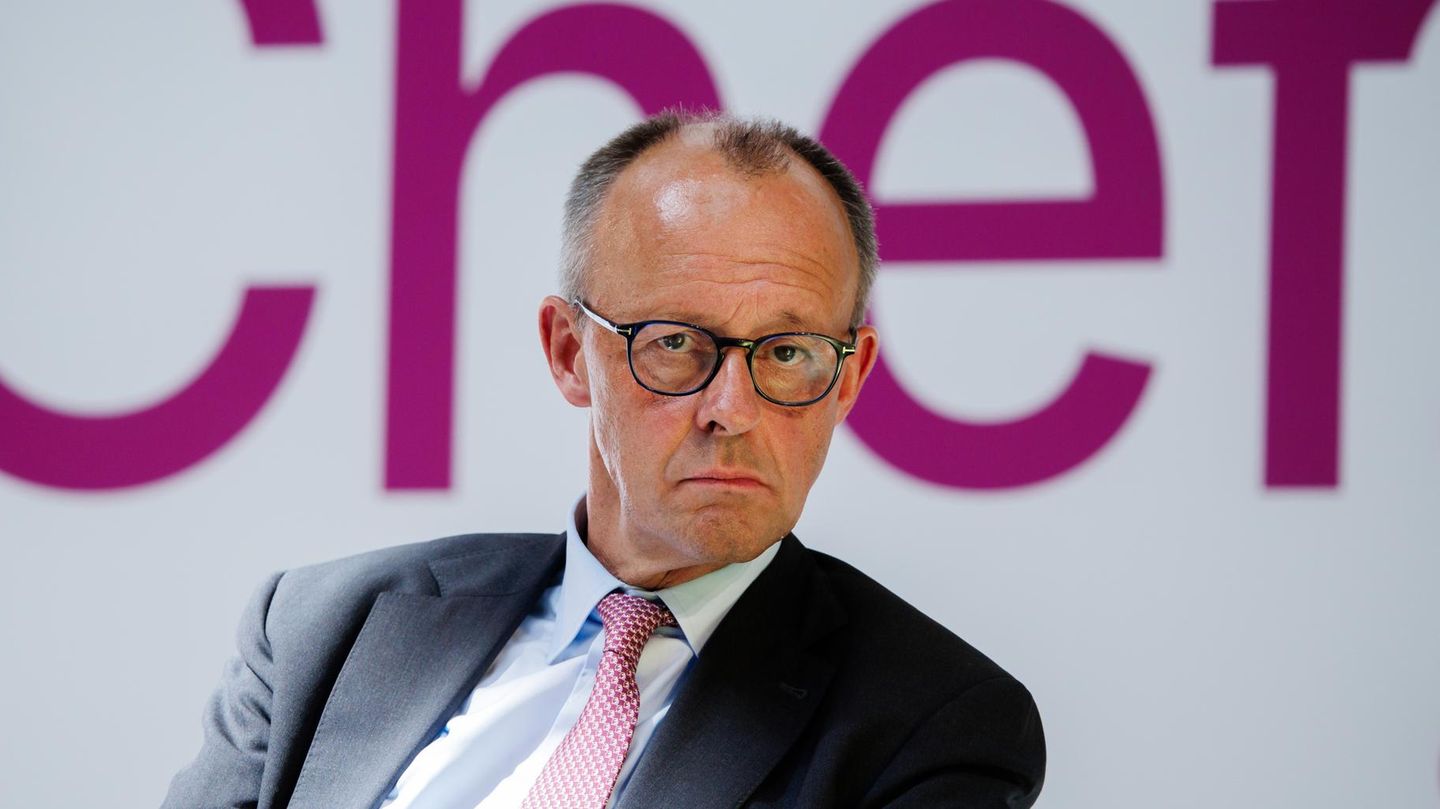As of today, the plastic Bahncard is over. From then on, Deutsche Bahn will only issue a digital version of the discount subscription. Consumer advocates are criticizing the move.
As of this Sunday, the plastic Bahncard will be a thing of the past. Deutsche Bahn will only be offering the discount subscription as a digital version in the future. As of June 9, customers will therefore no longer receive a chip card, the railway announced. Existing Bahncards will remain valid until they expire. The measure also only applies to subscription variants 25 and 50, with which holders pay a quarter or half less for a ticket. The plastic card will remain for the Bahncard subscription 100.
Social associations criticize the move toward digitalization. “Deutsche Bahn is showing how it shouldn’t be done,” said Michael Stiefel, head of the “Involvement of people with experience of poverty” project at Diakonie Deutschland. “It is setting up an ecologically good project without considering the social consequences.” Digital offerings often pose hurdles, especially for people affected by poverty: “People who do not have digital devices or are simply overwhelmed by digital applications will be excluded from using them in the future,” it said. “This particularly affects people with little money and older people.” In addition, not everyone can use digital means of payment.
The consumer advice center had also expressed similar views in the past. It was “annoying” that Deutsche Bahn was excluding customers without digital access from the tariff benefits.
Deutsche Bahn rejects the criticism. It will still be possible to carry the Bahncard as a paper printout in the future. It can be bought and paid for in the company’s customer centers. However, all Bahncard customers also need a digital customer account. Deutsche Bahn says it now sells 90 percent of its long-distance tickets via digital channels. Ten years ago, the figure was 51 percent.
Source: Stern




